, on this matter.
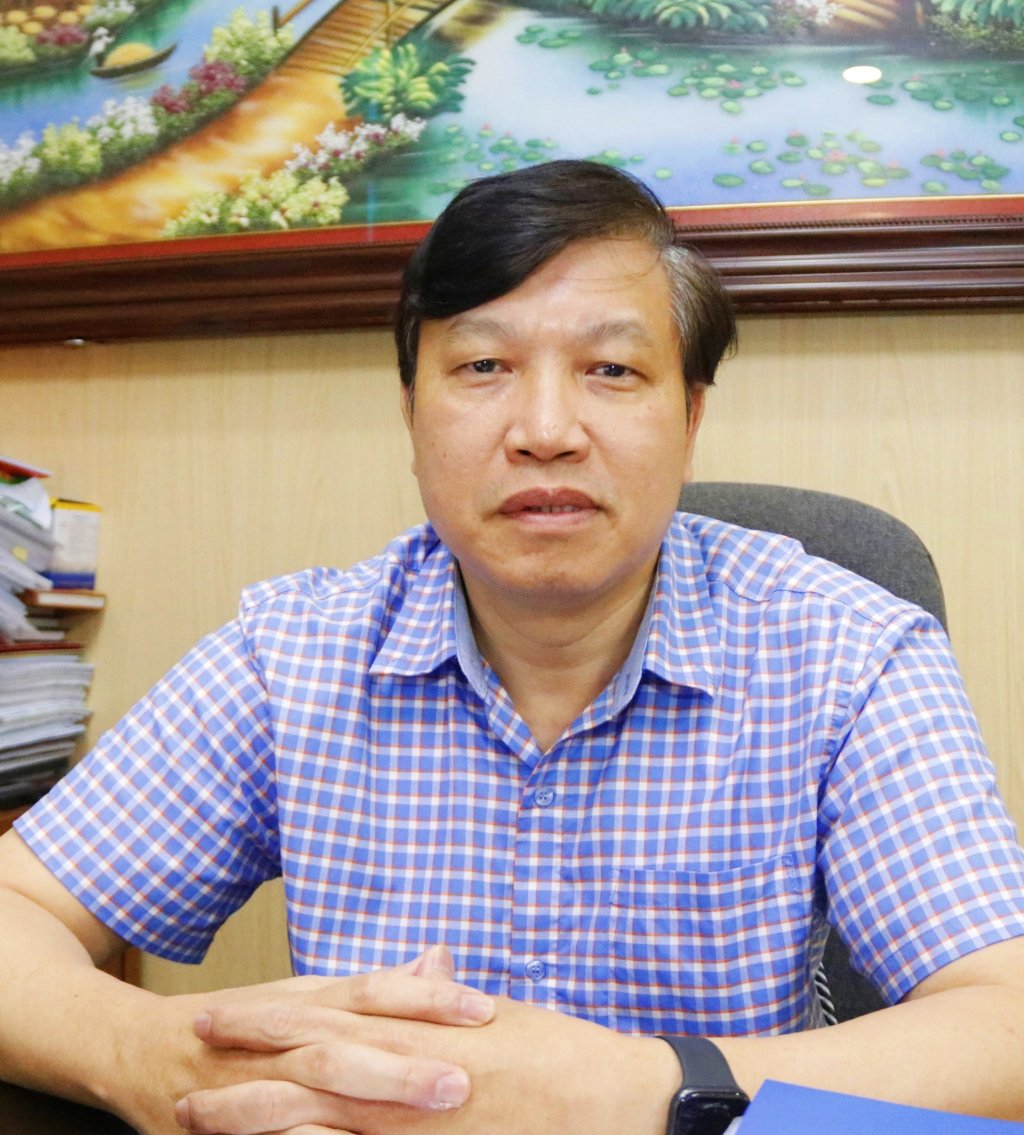 - Could you tell us what adjustments the provincial health sector has made to adapt to the new model, especially with the groundswells health system? + The two-tier local government model requires comprehensive organizational change, in which the groundswells health system is one of the areas most directly and deeply affected. In Quang Ninh , groundswells health includes commune-level health stations (CHS) and local health centers (HCCs). This is the level closest to the people, playing a pivotal role in primary health care, preventive medicine, population, school health, etc. In response to that request, the Department of Health has proactively developed a project to reorganize the health sector in accordance with the new model. structured, the health station system is reorganized in a streamlined and efficient manner, while still ensuring coverage of the area, making it convenient for people to access services. specifically, from 171 health stations, after the reorganization, there will be 60 health stations and 90 stations, of which 8 health stations are located in 2 special zones. The merger is carried out on scientific principles, based on calculations and considerations of factors such as population, geography, traffic, current status of facilities, especially the response capacity of the medical staff. Health centers are reviewed and rearranged into regional health centers, suitable to the scale and nature of the area, ensuring synchronization with the new administrative system. At the same time, maximum professional and technical support is guaranteed for health centers, providing convenient medical services to people in the area. |
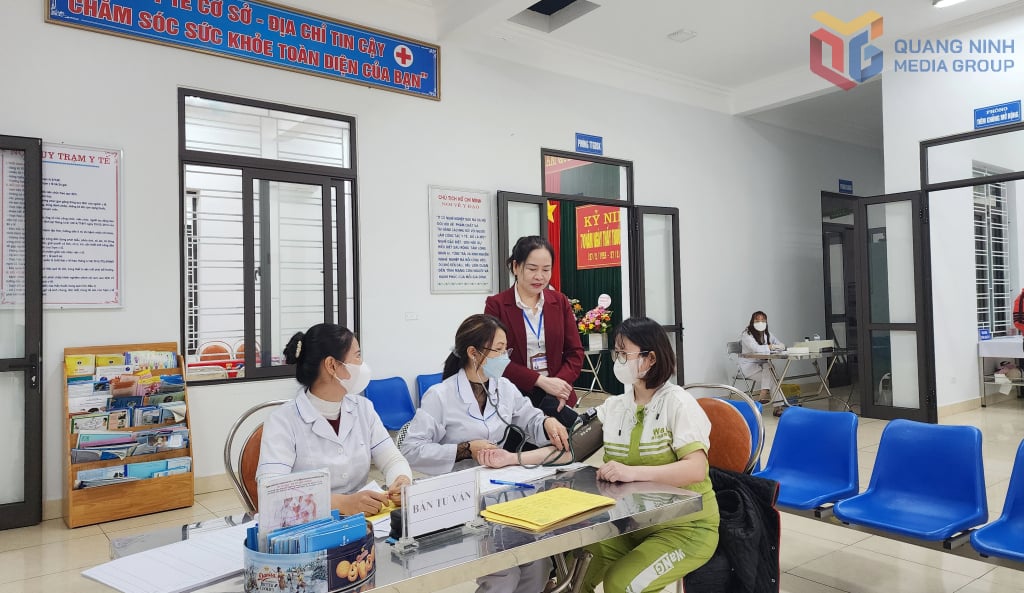
- Can you assess more clearly the difficulties of the current groundswells healthcare system and the "bottlenecks" that need to be removed in transforming the management model?
+ The grassroots health system has made many important contributions in recent times, especially in disease prevention and control and the implementation of national target programs. However, operational reality shows that there are still many concerns at both the health stations and health centers.
In recent years, although the sector has paid great attention and tried to arrange for doctors to work at all health stations, the main human resources are still doctors and nurses. Currently, most stations only have 5-7 people. Meanwhile, the tasks are increasingly heavy, such as disease prevention; vaccination needs to be expanded; non-communicable disease management; school health; population; population; public health management... increasingly demanding high quality and efficiency. This is a huge challenge for the entire sector as well as the groundswells health system. In addition, in very convenient traffic conditions, people often "skip" the commune level, going directly to the upper level, making the function of medical examination and treatment for people at health stations become vague, mainly doing preventive work.
Each health center currently has to perform medical examination and treatment like a hospital, manage the local health system, and perform preventive medicine, population, health education and communication... This "over-burdening" makes the apparatus overloaded, lacking professional depth, and managers are scattered, unable to specialize in each field.
The above-mentioned challenges and concerns, if the groundswells health system is not restructured promptly, will risk "breaking down" basic services, especially epidemic prevention, population, and school health; The burden of providing health services will be placed on the provincial level, creating overload pressure on the health system in general.
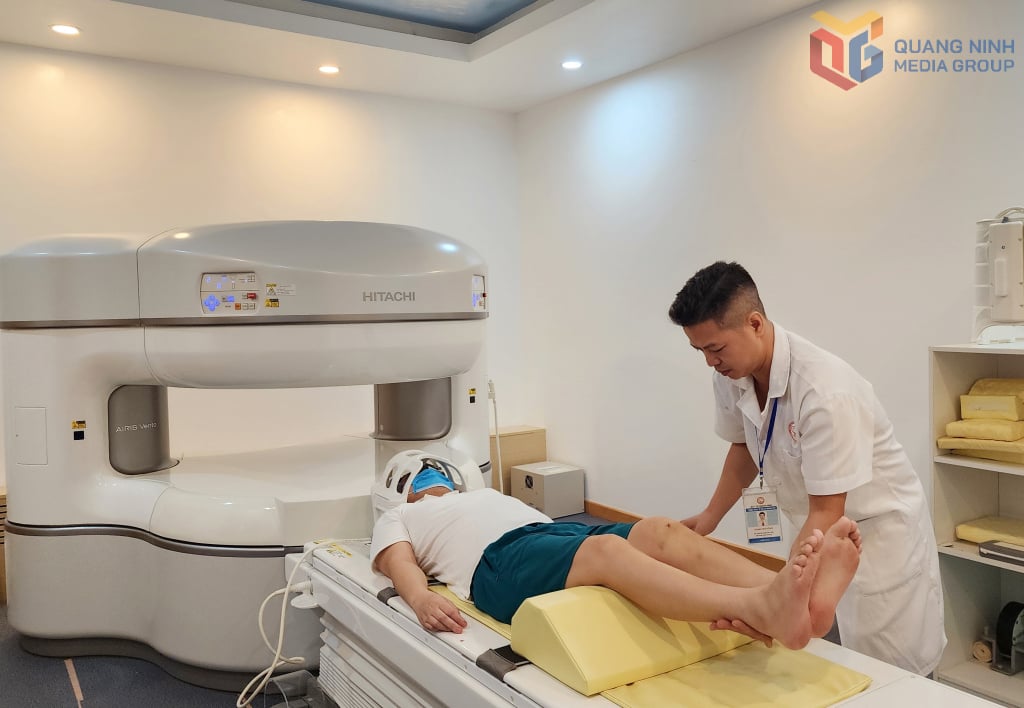
- How has the provincial health sector prepared resources and set goals for the groundswells health system to operate effectively and sustainably in the coming period?
+ In the context of shifting to a two-level local government model, the provincial health sector clearly identifies that restructuring the grassroots health system is not only a matter of organizational structure, but also a process of innovating management thinking, improving service quality and ensuring fairness in access to health services.
Regarding human resources, we have carefully reviewed the entire staff at the health stations and rearranged them to suit the new model. The main stations and stations ensure that there are doctors directly or reinforced from the health center. The selection of station heads and Deputy station heads is considered based on professional capacity and actual work. For those officers who are not reassigned to equivalent positions, the industry will fully apply the prescribed policies.
Regarding facilities, we prioritize utilizing existing facilities that are still in good condition and in suitable locations to serve as main stations, while upgrading stations serving residential areas far from the center. In the 2026-2027 period, we continue to propose that the province invest in building, upgrading, and repairing health stations in accordance with the criteria of the Ministry of Health. Health centers will continue to use and rearrange existing headquarters to suit their functions and practical requirements, ensuring professional stability during the initial transition period; gradually propose to increase investment according to the actual development of the industry.
In terms of finance, the entire health system continues to receive funding from the state budget for its operations. Health centers will operate under a mechanism of partial or full autonomy depending on their practical capacity. At the same time, the sector will strengthen digital transformation and data connection between health centers, health centers, hospitals and the Department of Health to improve the efficiency of management, operations and monitoring of service quality.
With the motto "Health care close to the people, close to the people and respond promptly, promptly and fully to the needs of primary health care for the people", the provincial health sector aims to build a strong and modern groundswell health system by 2030, performing well the task of comprehensive and continuous health management for each person. The health center will be the "extended arm" of the health sector, the place where people trust to come first when they need health services. The health center plays the role of coordinating, directing and providing professional support to the health center, providing basic health care services for people in the area; At the same time, it undertakes the task of connecting with specialized health facilities to quickly and effectively serve the needs of high-quality health care in the area.
We believe that with the strong direction of the province, along with the spirit of innovation and determination from the health sector, we will gradually realize that goal, so that Quang Ninh grounds health care continues to be a bright spot in the health system nationally.
Thank you very much!
Source: https://baoquangninh.vn/tung-buoc-xay-dung-he-thong-y-te-co-so-vung-manh-hien-dai-3365506.html



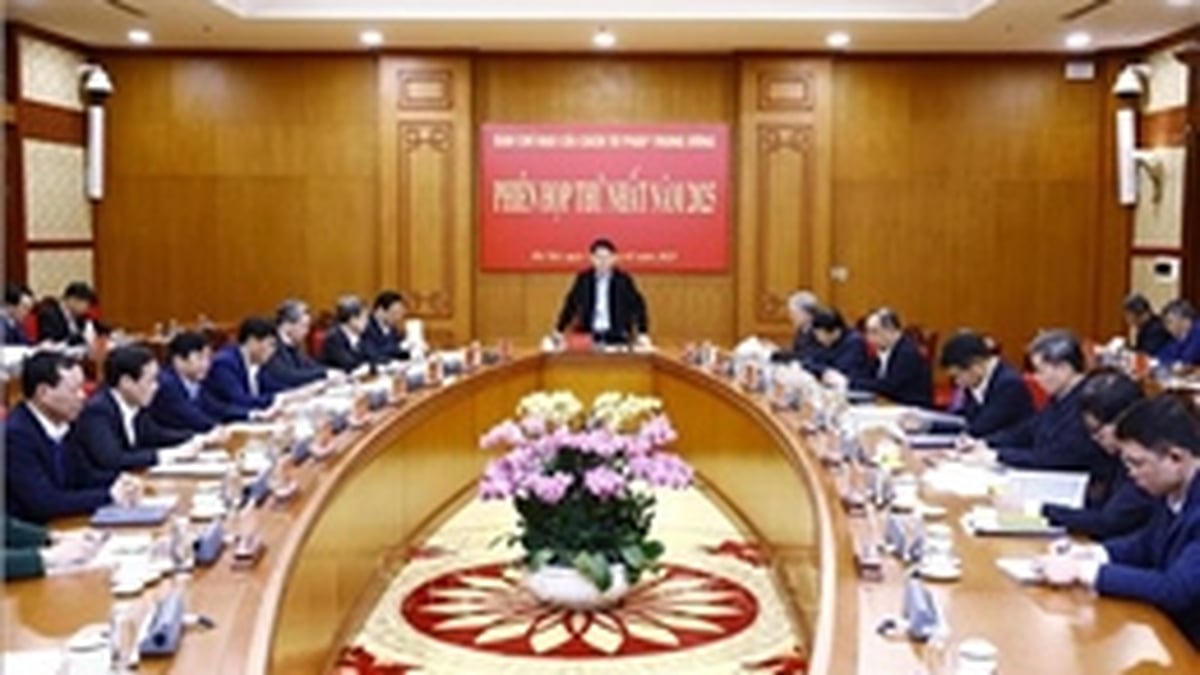




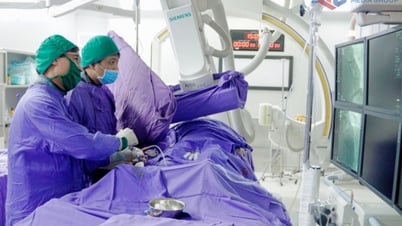
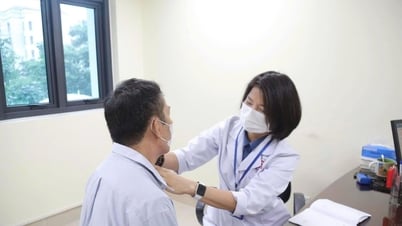

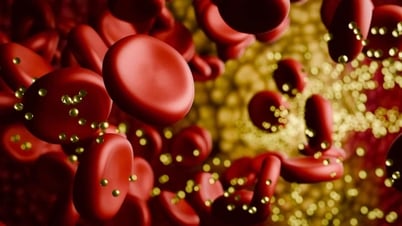

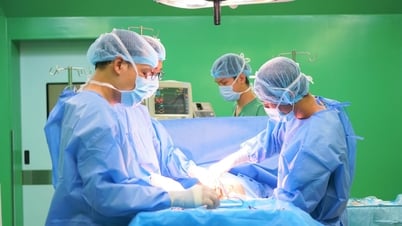

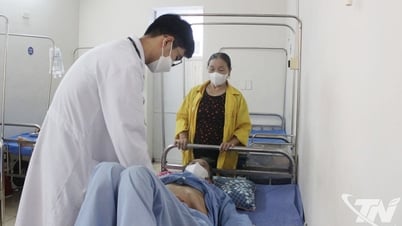

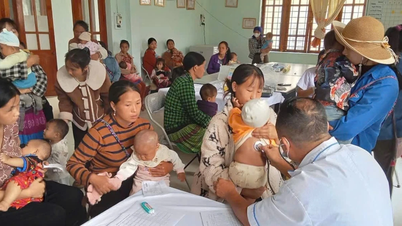

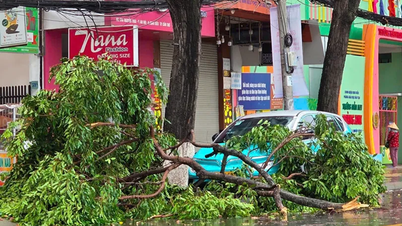



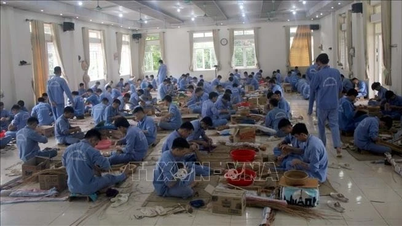
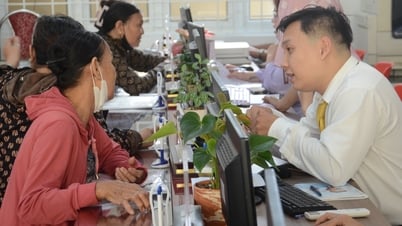

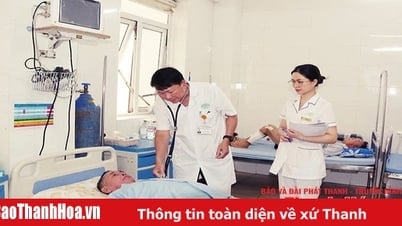









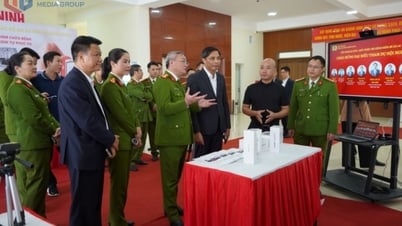

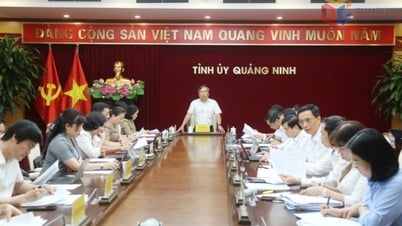
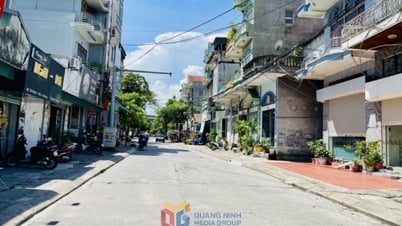




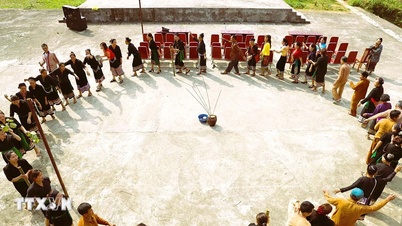
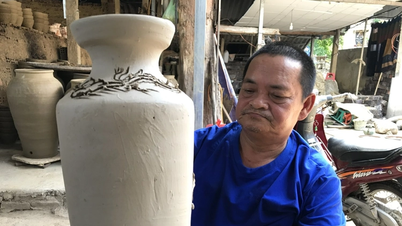











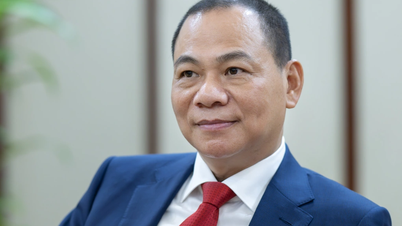



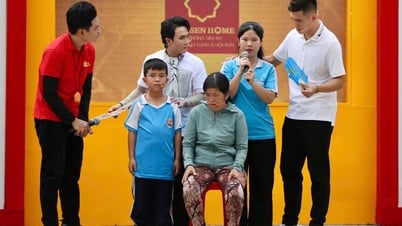







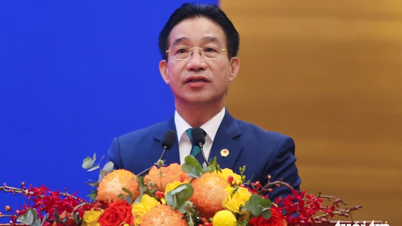






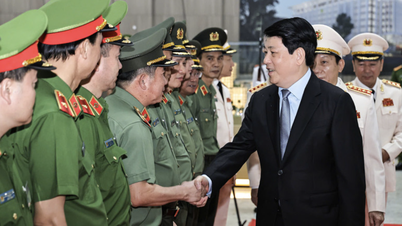




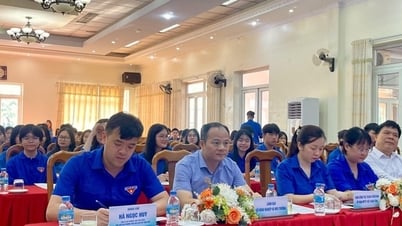
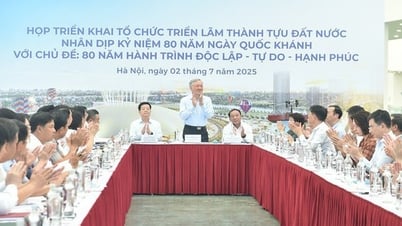


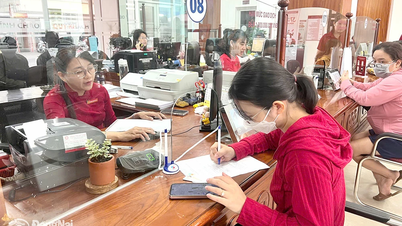












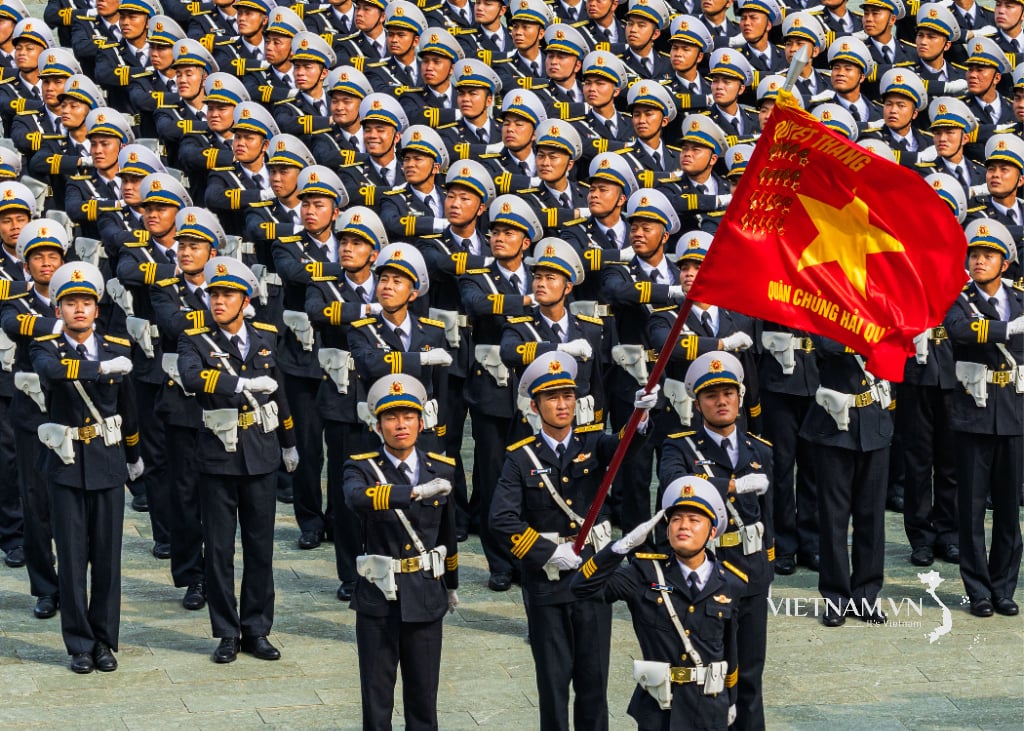


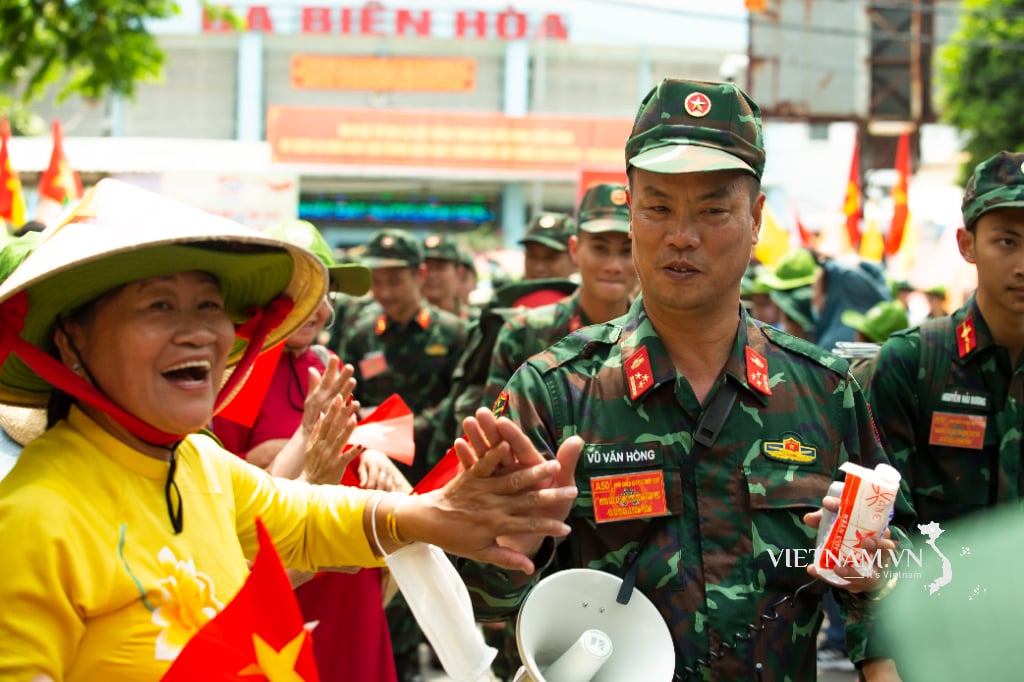
Comment (0)